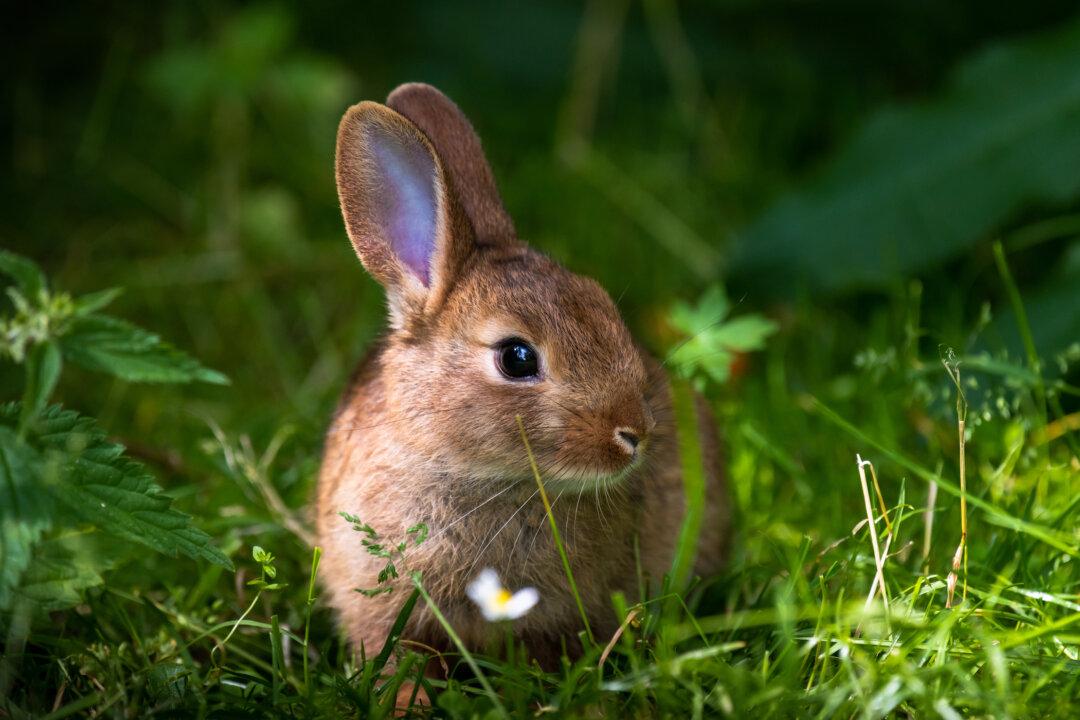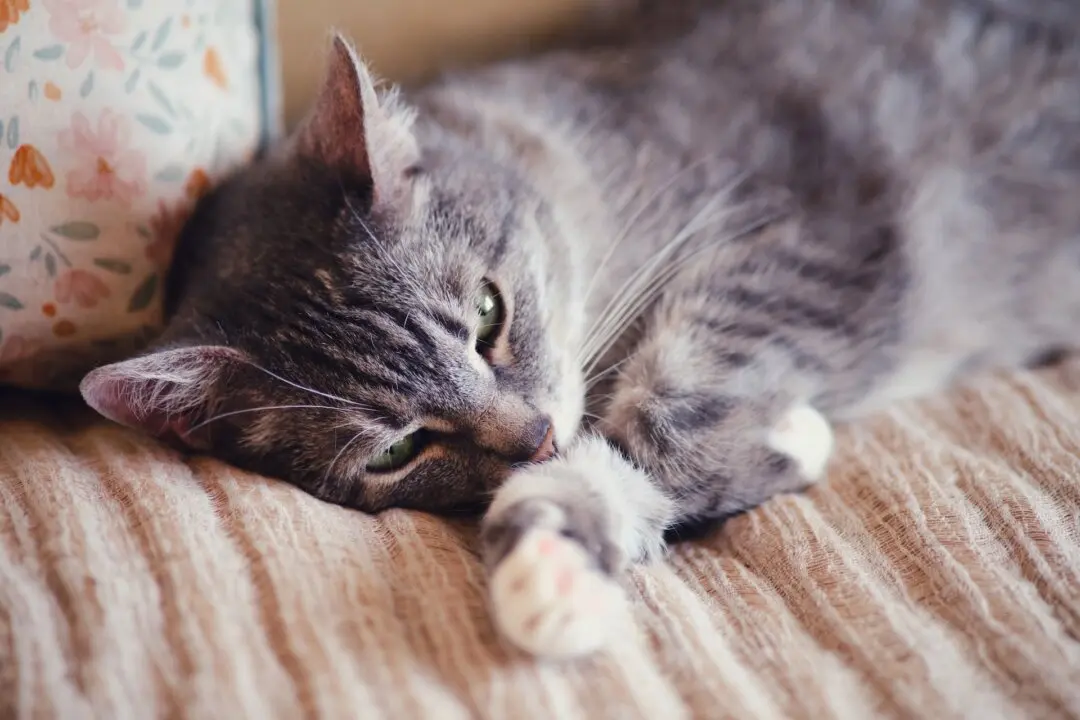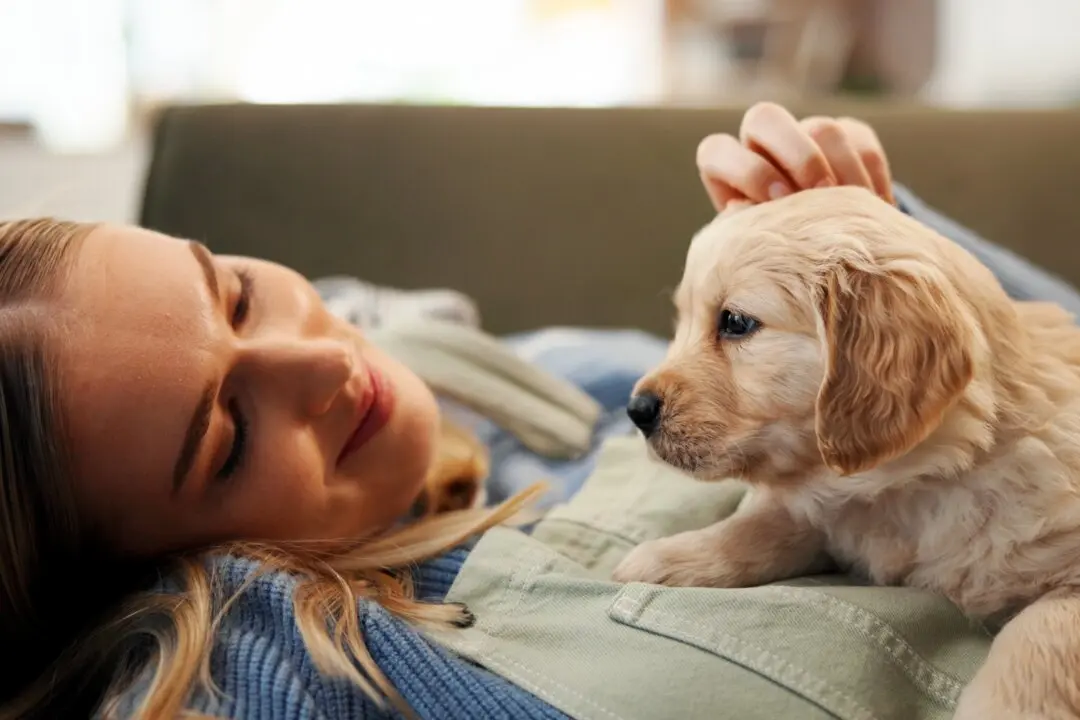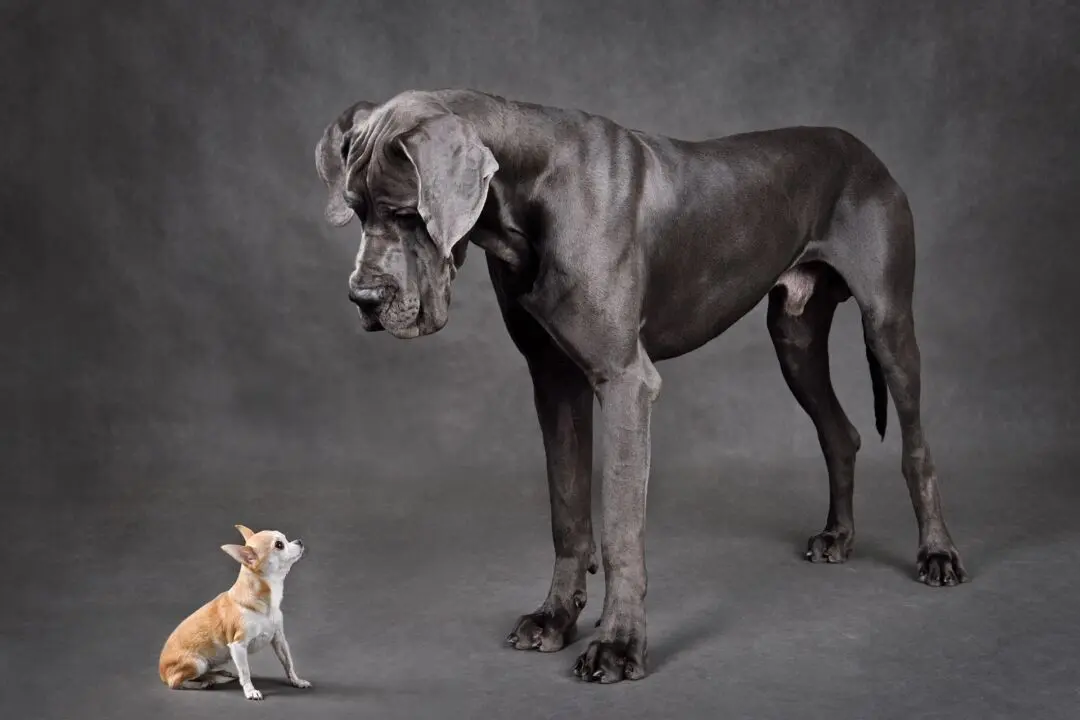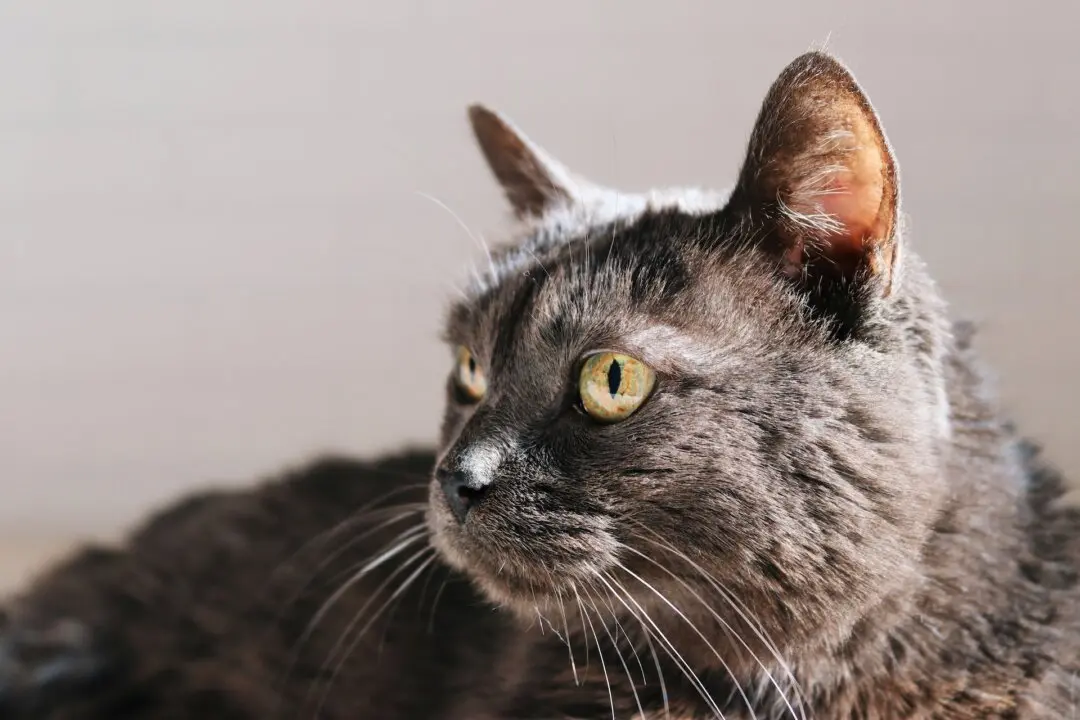Q: While I was picking up sticks in the yard prior to mowing, I found two baby rabbits sitting in a shallow nest in the grass. The mother was nowhere to be seen. If I take these bunnies inside, how do I care for them? Would they make good family pets?
A: No, they’re wild animals and can’t be domesticated. So please don’t move them.

